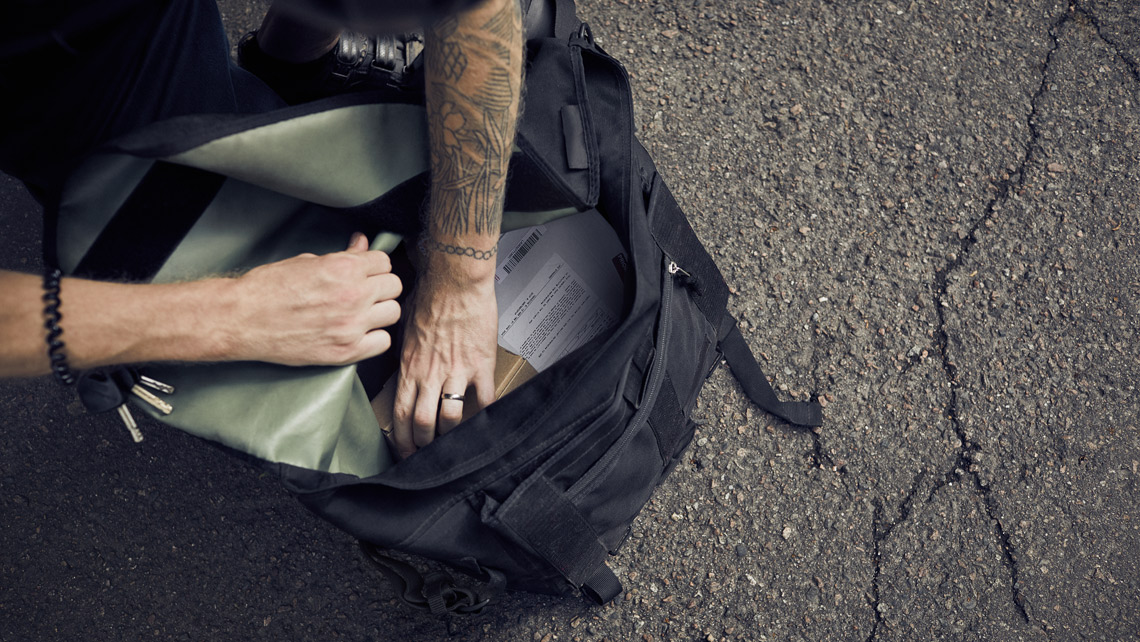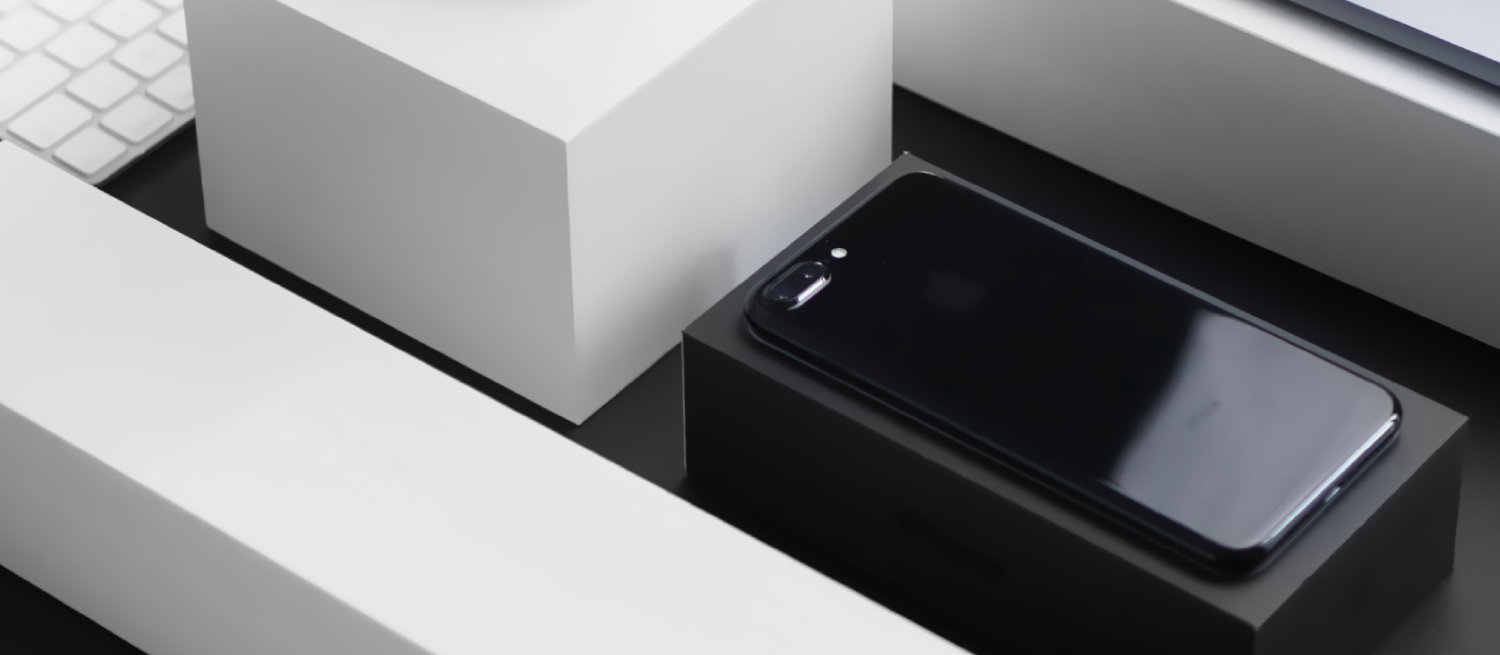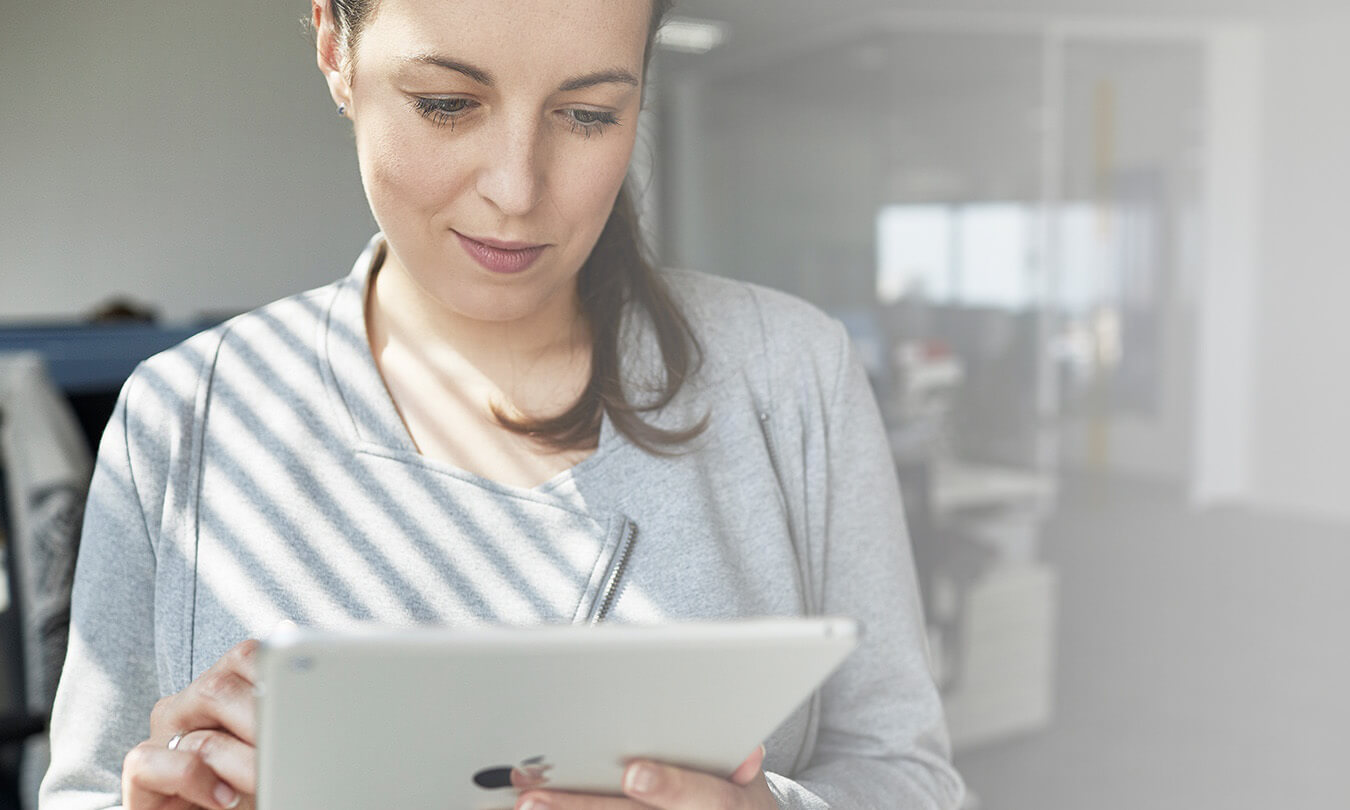New packages for new shoppers
You might think that packaging doesn’t really change much, but if you looked closely and compared a package from 10 or 20 years ago to one on the shelf today, you’d find a lot of small differences. It’s not so long ago that they were heavier but flimsier, more difficult to recycle, and more difficult to print on. Modern-day consumers are also different. Millennials will soon be the dominant customer demographic. And with greater awareness of their environmental footprint, they’re changing the packaging business too.
Today’s product package has to look appealing, be tough enough to survive being shipped around the world, and still look good when it’s finally delivered.
Improvements in every fold
So what’s changed in your packaging? Believe it or not, quite a lot. Today’s packaging and board is lighter, stronger, more hygienic, and more sustainable. Packages look better too, with better color reproduction and a range of finishes from gloss to matte, as well as special effects. All this is possible thanks to years of development in paper chemistry. A lot of expertise has been added because it takes research, development, and chemistry know-how to make a box look good. Especially when it has to take a trip around the world.
The e-commerce generation
Modern consumers, and millennials in particular, do a lot of shopping online. This has driven changes in the packaging materials you see, with improvements in print quality being the most visible development. Today´s product package has to look appealing, be tough enough to survive being shipped around the world, and still look good when it’s finally delivered.
Packaging weight is another factor. E-commerce involves a lot of transport. This means that lighter weight packaging is one way to save costs. You probably wouldn’t be able to tell from picking up the box, but the shipping company will see it as a lighter load and reduced fuel consumption.
Although today’s consumer might rarely set foot in a shop, they’re more aware and more demanding.
Delivering a smaller packaging footprint
However, perhaps the biggest trend across all markets is that consumers – and millennials lead the way here too – are increasingly aware of environmental and sustainability concerns. This means that although they want their packaging to look good, they also wish there was less of it. They’d also prefer it to be recyclable and made from renewable resources. And at the end of its life, they’d like it to create less waste. To meet these challenges, companies like Kemira have used their expertise to add sustainability to modern packaging. We’re working hard to develop recyclable and more readily biodegradable chemicals. Again, although this type of change is pretty much invisible, it improves the recyclability of the packaging and will eventually allow us to replace plastics with sustainable, renewable fiber-based materials.
All told, although today’s consumer might rarely set foot in a shop, they’re more aware, more demanding, and they expect more from their packaging.


